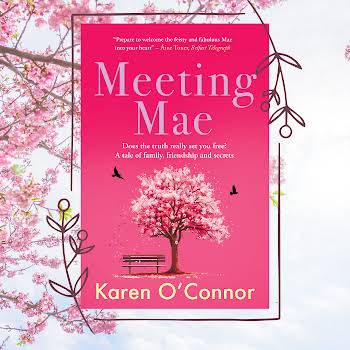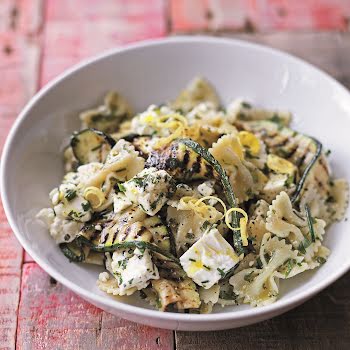IMAGE Book Club: Read an extract from ‘Days in the life: Reading the Michael Collins Diaries 1918-1922’ by Anne Dolan and William Murphy
By Sarah Gill
12th Sep 2022
12th Sep 2022
This week’s IMAGE Book Club title of choice is Days in the life: Reading the Michael Collins Diaries 1918-1922 by Anne Dolan and William Murphy.
In a book of Michael Collins’ diary entries, biographers Anne Dolan and William Murphy weave together and reflect upon how the diaries change what we know about him, and challenge us to think differently about the life of this revolutionary, soldier and politician.
A collection of hurried notes, necessary lists, names and appointments, things to do, and things not done sourced from the records of the National Archives, this book reveals Michael Collins’ innermost thoughts, telling us so much about this extraordinary man.
Bringing us closer than ever before to the mundane minutiae of Collins’ life, dive into the extract below, entitled The ‘big fella’ at the ballet.
Advertisement

The ‘big fella’ at the ballet
Collins began 1918 at a new year’s night concert in the Mansion House. The last word he wrote in his 1922 diary was ‘Mass’.
His five diaries give us only glimpses of this sociable man’s social life, but even in the crumbs he leaves us we can see change.
Some of that change was natural, perhaps appropriate. A single man in his twenties might dance one Saturday night away after another at a ‘U.C.D. Camóg Céilide’, at a ‘University Gaelic Society’ dance; a man in his thirties, with position and a fiancée, has less time and necessity for such lively weekends.
In this, he was little different from his colleagues and friends. Though he noted only one wedding in his diary—‘Paul D. Cusack married today’—the many wedding photographs of the Irish revolution suggest Sinn Féin concerts and Gaelic League céilithe bristled with passion and romance.
Alternatively, for Collins and many like him, their revolutions coincided with that age and instinct to settle down to a quieter social life.
Advertisement
By 1922, as head of the Provisional Government, he had to be more mindful of where he went and with whom he was seen. Newspapers noted his attendance at the performance of the Vatican Choirs at La Scala in Dublin on a Monday in May.
He had become a person whose attendance was assiduously noted; he had become ‘a social sight’.
Whether he enjoyed sacred music or went because ‘his betrothed’, as the Irish Independent called Kitty Kiernan, was keen to go, there is no way to know.
But his diaries, read together with other sources, suggest a taste for culture that took him far beyond céilithe at the Mansion House or the side-lines at Croke Park. There were greater depths to the man said to have ended a party at Hans Place on 10 November 1921 by throwing food and coal with his IRA and IRB pals.
The beggar’s opera may have enthralled or bored him in London in October 1921; he may have fidgeted impatiently in his seat at The sleeping princess performed by Serge Diaghilev’s Les Ballets Russes in November 1921, but he was there, the ‘Big Fella’ at the ballet, there at some of London’s most distinguished and popular productions whether he liked them or not.
In the years of his London youth, he had been a regular theatre-goer, so even in his ‘“blast and bloody” stage of adolescent evolution’ he prized the plays of G.B. Shaw and J.M. Barrie, he read his Conrad and his Hardy just as well.
Advertisement
Whatever he made of the ballet and the opera in 1921, those evenings were sociable affairs. Six tickets were bought for the dress circle at London’s Alhambra Theatre for The sleeping princess, and he signed the programme for The beggar’s opera along with Arthur Griffith, Éamonn and May Duggan, with Hannie Collins, Kitty Kiernan, and Mable Hopkins. Sometimes the company means as much as the singing and the music.
Because it is Collins there is a temptation to read more than we ought into the things he sought chiefly to enjoy. When he took his seat at The whiteheaded boy in the Abbey in January 1918 he may have done so because the leading man was Arthur Shields, veteran of the GPO and fellow Frongoch internee, but on a dark Saturday evening in January Collins might just have wanted to sit surrounded by others, to see a humorous, well-received play.
The ‘bookish’ teenager his sister Hannie remembered, grew into the man who recorded visits to the ‘Library’ in his diaries, who prompted himself to ‘Call at Hodges Figges’ [sic] bookshop in 1918. After taking over Dublin Castle in January 1922, he wanted to see or create a catalogue of the Castle’s books by March 14, Even if his reading ‘regularly out-distanced his powers of reflection’ as Frank O’Connor rather cattily remarked, like many busy people he may have read as much for pleasure as to be thought smart.
His diaries record no galleries, no gramophone records, no evenings at the pictures in the dark. They only take us to appointments, to meetings, to the threshold of La Scala, but they don’t let us pry inside. There’s no talk, no drink, no friendship; we hear nothing of what happened when the work was over, when the meetings were done. Those nights, and the worlds that must have been put to rights on the way home, remain his own.
‘Days in the life: Reading the Michael Collins Diaries 1918-1922’ by Anne Dolan and William Murphy is on sale now.
Make sure you check back into later this week to get an insight into the writing process of biographers Anne Dolan and William Murphy with our Author’s Bookshelf…
Advertisement























